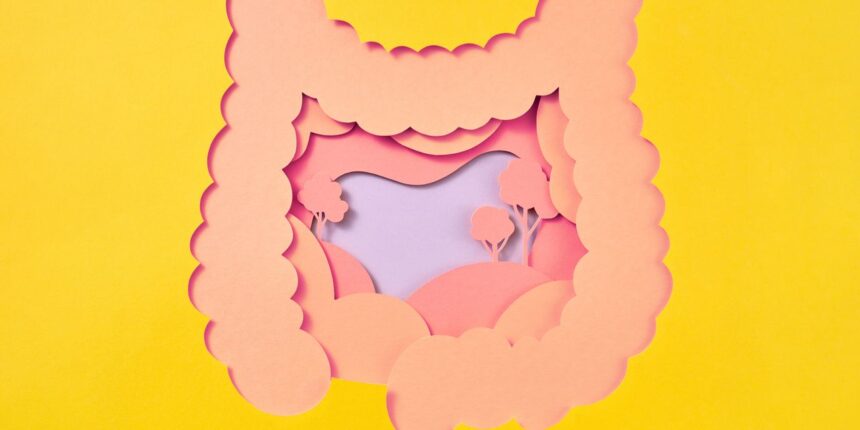- Loose or watery stools; a condition known as antibiotic-associated diarrhea
- Bloating
- Excessive gas
- Upset stomach
- Cramping
- Other changes in bowel habits, such as constipation
While any of these symptoms are possible, taking antibiotics does not automatically guarantee you’ll experience GI dysfunction. Research shows that somewhere between 5 and 35% of people experience antibiotic-associated diarrhea, for example.
And the severity of gut symptoms depends on several factors, including the type of antibiotic you take, the dosage, and how long you take it for or how frequently you take it, Dr. Ring says. But even low doses or short courses of antibiotics can tip some people’s microbiomes into a state of disarray, research shows.
People who are older and have weaker immune systems are also at higher risk of experiencing gut symptoms and more serious problems like C. diff, an overgrowth of a type of bacteria called Clostridioides difficile, which can cause diarrhea, nausea, fever, stomach pain, and colon inflammation. This infection can lead to dehydration and other serious complications, like sepsis, if not treated quickly; it can also persist and cause recurring infection in some people.
What to eat to heal your gut after taking antibiotics
If you suspect a round of antibiotics is causing your GI distress, some simple dietary changes may help you get back on track. “Eating the right foods and avoiding the wrong foods can make a big difference in rebuilding a healthy microbiome after exposure to antibiotics,” Linda Shiue, MD, a board-certified internal medicine physician, director of culinary and lifestyle medicine at Kaiser Permanente, and chef, tells SELF.
Here are some different types of food to consider integrating into your diet, with some information about why each is helpful.
Prebiotic foods
Prebiotics are a type of non-digestable fiber that “serve as nourishment for beneficial gut bacteria, helping them to grow and thrive after being depleted by antibiotics,” Dr. Ring explains. When gut bacteria ferments this fiber, it also creates short-chain fatty acids, which improve gut health, Dr. Shiue tells SELF. Specifically, short-chain fatty acids nourish the cells within your gut lining, promoting a healthy intestinal barrier and mucus production and lowering inflammation.
Some prebiotic-rich food options include berries, asparagus, apples, garlic, onions, leeks, dandelion greens, chicory root, whole oats, and green bananas.
Probiotic foods
Probiotics are living microorganisms that benefit gut health by supporting digestion and immune function, restoring balance to your gut microbiome, and replenishing healthy gut bacteria. “Specific strains, like Lactobacillus rhamnosus GG and Saccharomyces boulardii, are particularly effective in reducing antibiotic-associated digestive issues,” Dr. Ring says.
Many fermented foods are rich in probiotics. Some options to try include kimchi, miso, sauerkraut, yogurt with live cultures, kombucha, and kefir.
Other fiber-rich foods
While all prebiotic foods are considered fiber, not all sources of fiber are prebiotic. Prebiotic fibers are important because they provide good bacteria with the nutrients they need to thrive, but other types of fiber help keep your gut in good shape in additional ways, such as via bulking up stools and helping them move through the GI tract. “Fiber supports digestion by feeding beneficial bacteria, promoting regular bowel movements, and helping to reduce bloating and discomfort,” Dr. Ring says.
Read the full article here



